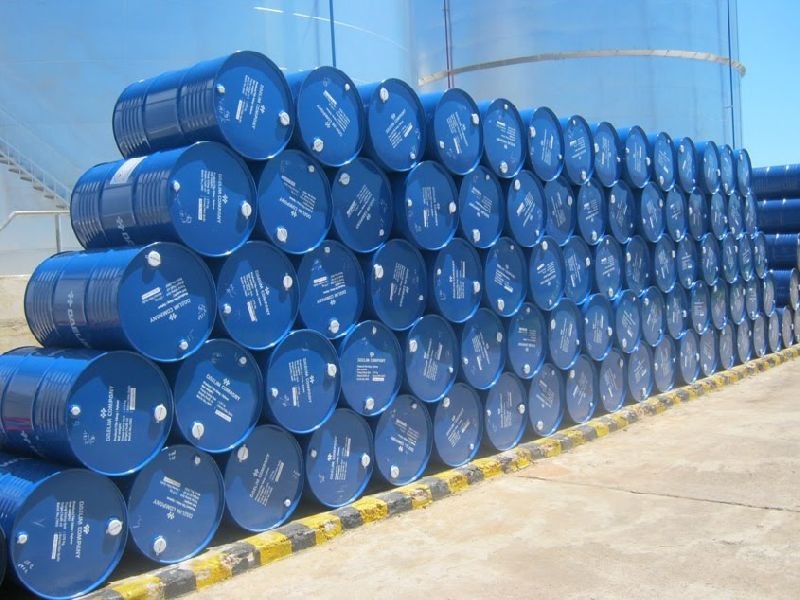Toluene diisocyanate (TDI) is a colorless or light yellow transparent liquid with a pungent odor, and it will slowly turn yellow under ultraviolet light. It can react with hydroxyl, water, amine and other compounds containing active hydrogen, and can self-polymerize under certain conditions to form urethane, urea, biuret, isocyanurate, etc. TDI chemical is an important raw material for polyurethane. TDI is often marketed as 80/20 and 65/35 mixtures of the 2,4 and 2,6 isomers respectively.
Toluene diisocyanate (TDI) is a highly reactive chemical used in the production of polyurethane foams, coatings, adhesives, and other materials.

A).Chemical properties: Describe the chemical properties of TDI, including its molecular formula, structure, and physical properties such as its boiling and melting points.
B).Uses: Provide an overview of the various applications of TDI, including its use in the production of polyurethane foams, coatings, adhesives, and other materials.
C).Health and safety: Highlight the potential health and safety risks associated with TDI exposure, including respiratory and skin irritation, allergic reactions, and the risk of developing asthma or other respiratory conditions. Provide information on proper handling and safety procedures for TDI to reduce the risk of exposure.
D).Environmental impact: Discuss the potential environmental impact of TDI, including its persistence in the environment and potential for bioaccumulation. Provide information on responsible disposal practices for TDI and TDI-containing materials.
E).Regulations and guidelines: Outline the regulations and guidelines related to the handling and use of TDI, including workplace safety standards, environmental regulations, and international guidelines.
F).Alternatives: Provide information on potential alternatives to TDI for specific applications, highlighting their benefits and drawbacks compared to TDI.